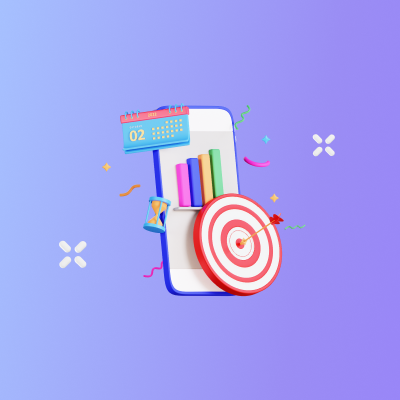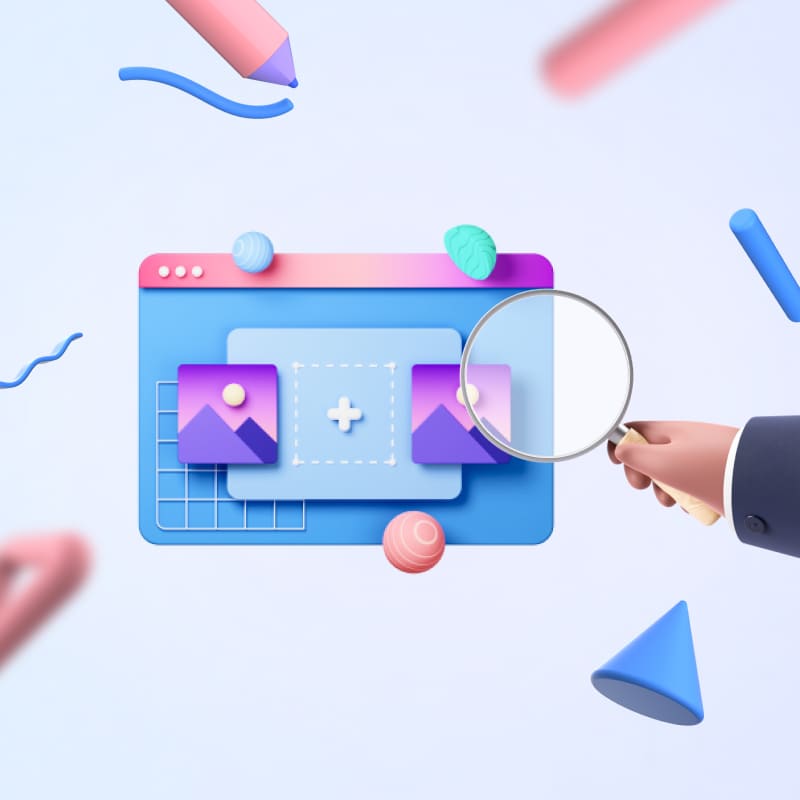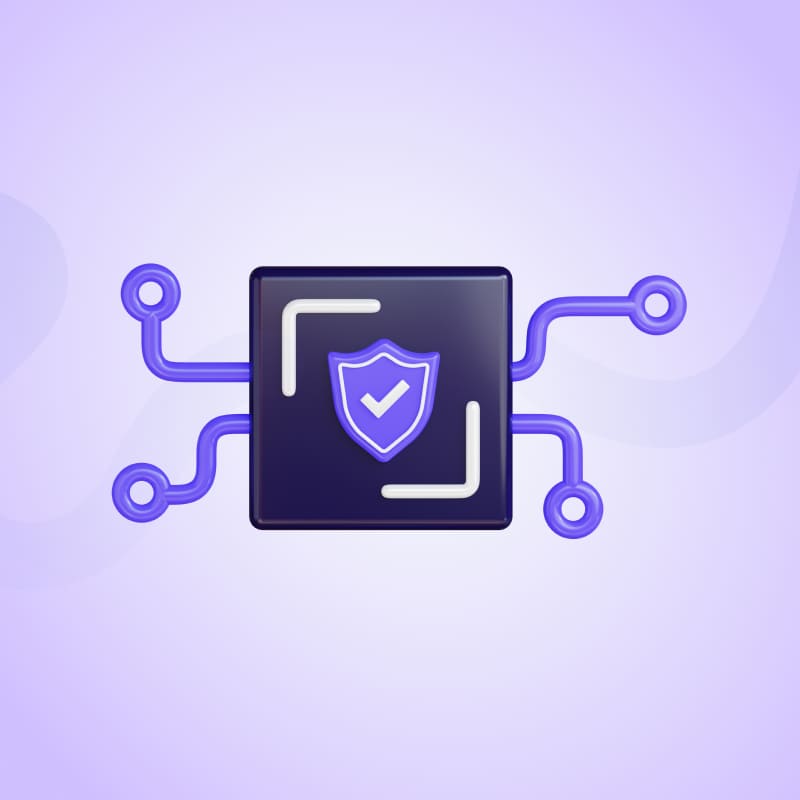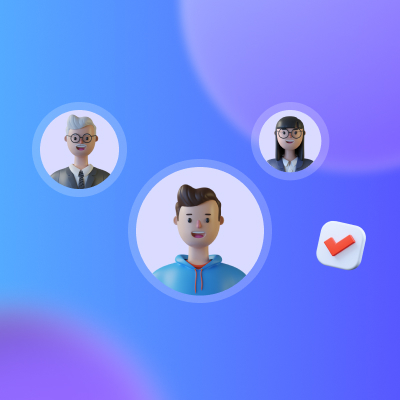
Integration of the perfect combination of things gives you something akin to a superpower. I’d call it the power of synergy.
Content
- Top 10 useful LMS Integrations
- What is an LMS Integration?
- Why have an LMS Integration?
- 10 best learning management systems integrations
- Human Resource Information Software (HRIS)
- APIs & Webhooks
- Customer Relationship Management System (CRM System)
- E-commerce and Payment platforms
- Video conferencing & Webinar
- Social media
- Enterprise Resource Planning systems (ERP Systems)
- Cloud Tools and Storage
- Content Management System (CMS)
- Communication Messengers, Email & Email Marketing tools
- Conclusion
Top 10 Useful LMS Integrations
Having a learning management system (LMS) is one of the most impactful decisions an organisation can make for its progress and the development of its workforce. Integrating other systems and tools into your LMS is even more effective and wholesome. It makes managing your learning and development objectives and activities smooth and efficient. Depending on the tool or systems integrated with the LMS, it also benefits your organisation and employees in many other ways.
What is an LMS Integration?
Technically, integration is the art of combining autonomous, unrelated things and making them sync and function as a single unit. Integrating systems and tools makes the system more versatile.
LMS integration gives users a rich experience by merging functionalities into a single system, allowing them to use, manage, store and access data and learn from the same system. It provides flexibility to access different systems through one profile and other systems or outlets from a core system.
For example, by sharing your progress on an e-learning course directly from the LMS platform, returning to your course from your email, or collating learner achievements as part of the workforce appraisal process. Having all these integrated into one system makes life easy for everyone.
In short, LMS integration results in fewer hassles, better organisation and higher performance.
Why have an LMS Integration?
More and more technology is gushing out around the globe as we humans invent new ways to do things or new things to do. Beyond using this tech in delivering to our customers and clients, they become part of our lives and our way of “being”.
Using many apps that are not adaptable to each other makes work burdensome and stressful. This is what we do not want to do to our employees (seriously, the world has got enough things to stress about).
LMS integration simplifies things by making learning part of the system you run, which is why compatibility with your systems is necessary for your choice of LMS. Integrating your LMS with your systems and other external services delivers value to your overall business.
10 Best Learning Management System integrations
Here are the 10 best and most useful LMS Integrations you should consider for your organisation.
1. Human Resource Information Software (HRIS)
Collecting, storing and tracking employee data can be demanding and tiring when you have a large workforce. HRIS like Workday, Bamboo HR, HiBob and Personio, are systems that help the management and administration of such data.
Integrating your HRIS with your LMS software updates training and learning activities and progress to the database. It also helps identify and suggest courses or updates each employee needs to take and design learning paths to improve career trajectories. Course enrolment, completion records and grading are located within a single system.
For instance, if a role opens within your organisation, you can use the same system to identify those with the requisite qualifications and qualify for consideration. The process is made seamless.
2. Application Programming Interfaces (APIs) & Webhooks
Data transfer between applications is tiresome and boring when done manually. Imagine having to manually set up and transition all the details of the workforce trained in a specific training cycle into the software they will use in their jobs. A sight for sore eyes, right?
An API supports data transfer between software and speeds up processes through automation. APIs integrated into your LMS keep e-learning data auto-updated and databases current.
Webhooks enable notifications to be sent to an LMS by other systems, such as notification of a new employee for onboarding from the HRIS.
3. Customer Relationship Management System (CRM System)
Customers and partners are pivotal to the success of any business, and CRM systems are a seamless means of managing them. In many instances, you will need to provide them with training either as part of the services that are integral to your organisation or as support for the products you provide to them.
CRM integrations with LMS deliver customer service, email management and marketing by boosting sales and employee productivity. One system facilitates the training of marketers, sales representatives and partners without switching between platforms.
By supplying real-time data, instructors and users are empowered to make data-driven decisions and produce insightful reports.
4. E-commerce & Payment Platforms
Online is where selling existed for a significant portion of 2020, and while we are out of the lockdowns, 24% of global trade is expected to be via retail eCommerce by 2025. Sales of courses online have also steeped since the lockdowns, and what better way to sell online courses than merging the product that sells them online?
Setting up your e-store or e-kiosk on your eCommerce site affords you access to secure transactions, promotions and visibility while affording you sales insights and other metadata.
So, whether you are upgrading to an LMS or upscaling to selling your online courses on e-commerce platforms, ensuring the compatibility between your LMS solution and the eCommerce platform of choice is essential. With the inclusion of payment platforms within your LMS, your customers can purchase content at their convenience without necessary action from you. Platforms such as PayPal, Stripe, Payoneer and Alipay facilitate payment completion of online sales of your courses.
5. Video conferencing & Webinar
Live classes and webinars allow learners to interact with instructors and each other just like offline activities. With video conferencing integrated into your LMS, you can provide the in-class experience that makes learning less of a solo endeavour and more interactive.
Customers and course participants outside the organisation can register to take part in training sessions and for paid or mandatory courses, respectively.
6. Social Media
Social media has become a part of our lives, and the workplace is not left out. Integration with the various platforms enables sharing achievements and progress in courses and other e-learning activities. These social media plugins allow learners to motivate themselves and each other, just like social media is used in other circumstances.
It also showcases your performance as an employer brand to the world and can contribute to your reputational capital as a brand. The public loves organic content, and what better content than your employees telling the world about their experience, learning and achievements? Yes, your competitors might have a peek at who they’d love to poach off your team, but if you’re truly a great place to work, you can beam with pride knowing your talent is the top talent out there.
7. Enterprise Resource Planning systems (ERP Systems)
The core systems that your operations are built on should be integrated with your LMS to highlight and resolve productivity issues during training. ERP systems coordinate core business processes such as product planning, material management, marketing and sales, consignments and finance.
Localising the training and using your core systems as a single system makes learning practical and realistic and allows access to live data. It also helps capture and track performance pre- and post-training as a self-check of the effectiveness of training activities and how individual employees are faring.
8. Cloud Tools and Storage
With the daily volume of data your business generates, you are probably hooked up to a cloud storage service. Given the quantity of content and other data your LMS will generate over time, it is instructive that you connect your LMS with your cloud-storage application.
The videos, images, audio and other documents used and created by your learners will be safe, secure and available on demand whilst residing in a single repository.
9. Content Management System (CMS)
Your organisation most likely has a website; if it doesn’t, it might have at least a blog. We all have public profiles that we manage with one or the other of the fantastic content management systems available, like Salesforce and WordPress.
Combining the power of your CMS with your LMS enables your instructors to seamlessly transition from creating courses to carrying out assessments and issuing badges and certificates. It makes for simplicity in managing online courses and supports course creation and sharing.
Some CMSs provide additional features and functions that optimise user experience, which boosts the use of your LMS.
10. Communication Messengers, Email & Email Marketing tools
Receiving notifications, reminders and updates straight in your inbox is one way the LMS experience jigs up learning. You don’t get carried away and forget. Gamification and the competitive edge, where it's included, become more fun when you are reminded of your targets, goals and achievements.
Additionally, with the email marketing plugins, you can also make it fun for users outside your organisation. The administration is also better organised and more efficient with scheduled notifications about deadlines and upcoming assignments, assessments, and quizzes. It ensures all stakeholders are abreast of all they need to know.
Communication messengers like Microsoft Teams and Slack are useful for keeping teams connected, scheduling and hosting meetings, recommending learning courses and sending reminders of what’s to come. Groups or teams within courses can use them to brainstorm and exchange information related to team tasks and assessments.
Conclusion
Other integrations like single sign-on systems, course libraries and interactive content are things to consider in addition to the key integrations I mentioned in the list. LMS integrations with your other business systems, tools and plugins provide you with unending opportunities and benefits.
LMS facilitates the creation, management and delivery of learning content as well as the means to monitor learning progress, nurture motivation and team cohesion, and position your organisation to keep the competitive advantage in terms of skillset or specialisation.
With LMS integrations, the learning curve within your organisation is kept low since the resources to improve skills are readily available to staff. There are no hurdles, red tape or gatekeepers to overcome to learn what is needed. Better skilled employees impact the bottom line by improving productivity, impressing and retaining customers, and improving individual and organisational performance.
In turn, you have better-motivated employees with higher morale and confidence in their skills and abilities. Your employees feel more valued and see their contribution to your business, giving them an increased sense of self-worth. Collaborations between teams are seamlessly executed by streamlining tasks and speeding up processes such as onboarding and sales tracking.
In short, LMS integrations make your organisation function more efficiently by keeping it primed for success. Human error rates are mitigated, and your human capital management team can measure performance, provide insights, and contribute to the return on your investment. The potential to gain is yours for the taking.
Book a demo call with My Learning Hub today to learn more about how our platform can help solve your learning and development needs.
Frequently asked questions FAQ










